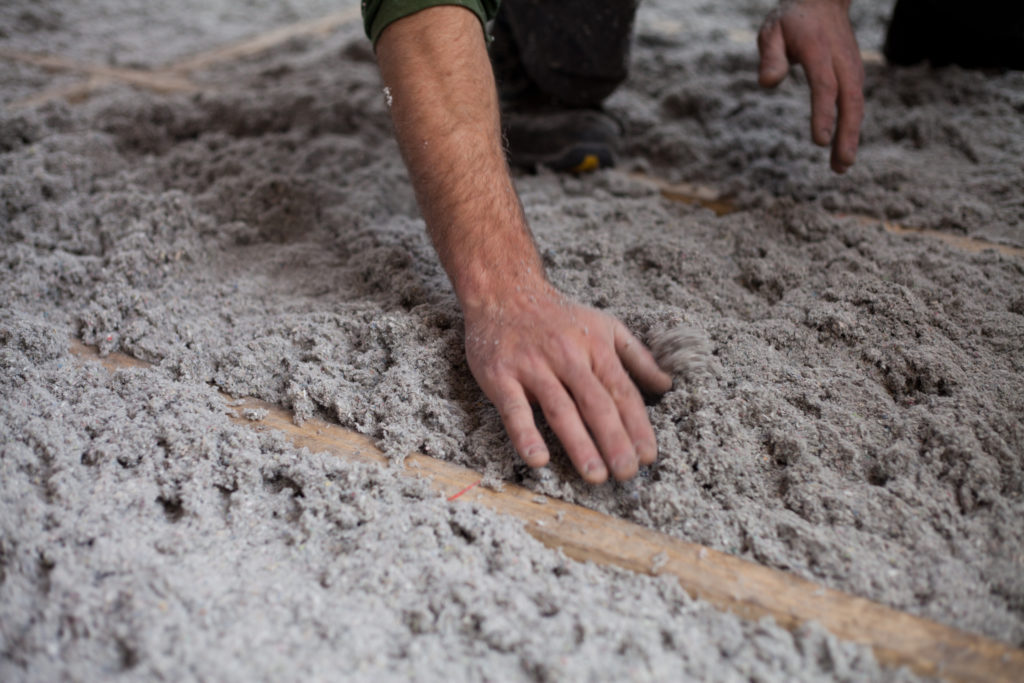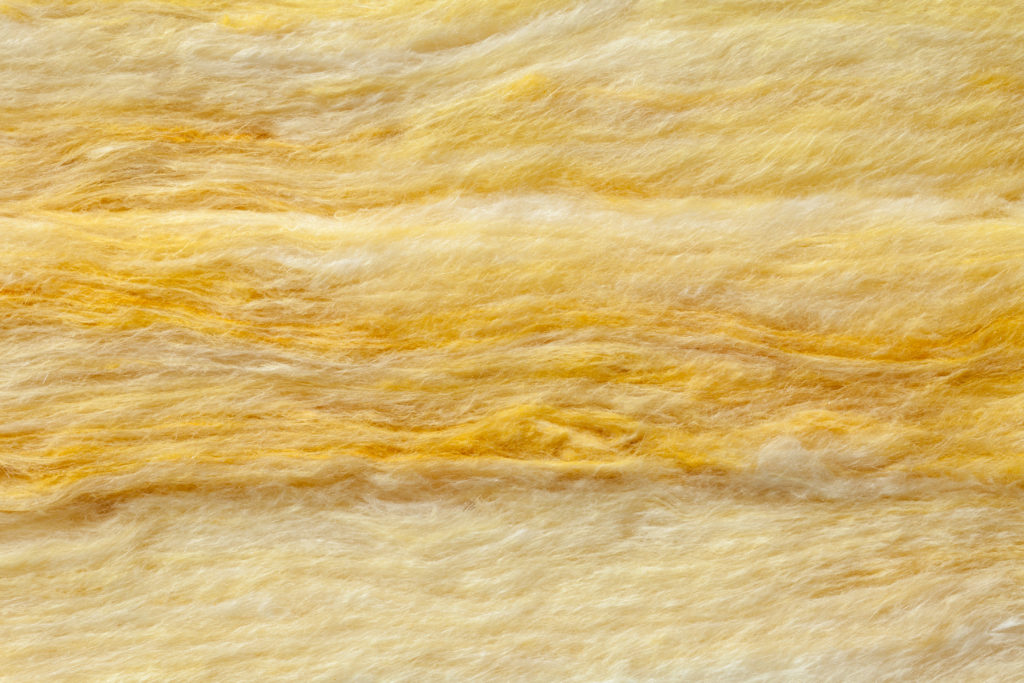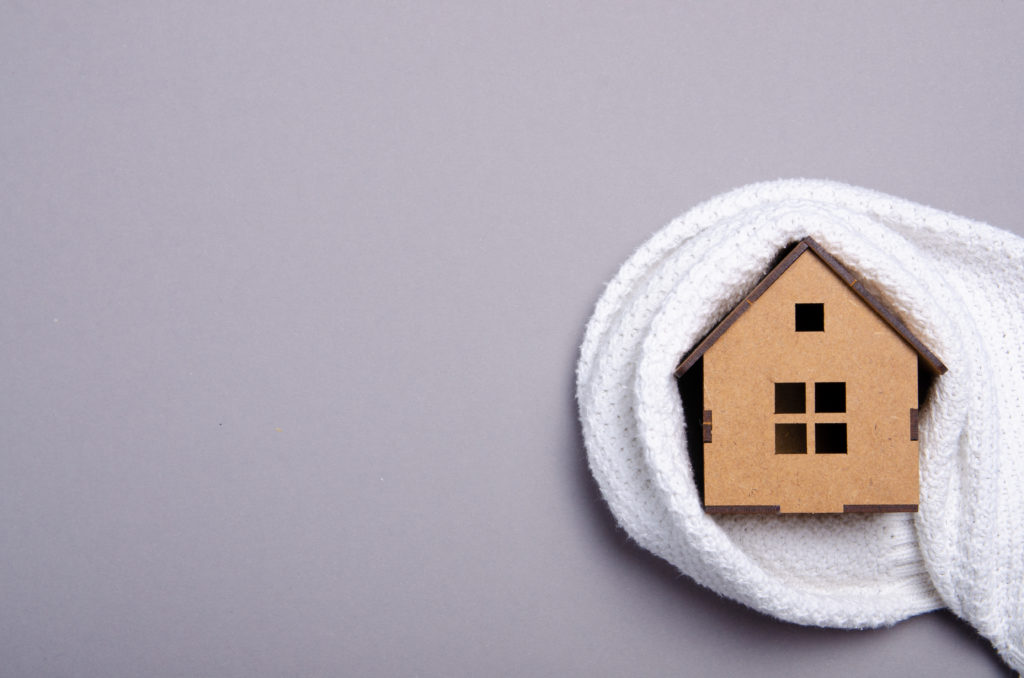Would you like a warmer home? If you want to heat your home this Winter, there’s more to consider than just adding a gas heater or central heating.
We recommend that all of our customers review their insulation before they install any kind of heating system. It’s a smart way to make the most of your heating investment. The right insulation helps you to make sure that the heat you produce in your home stays in your home. The end result is a warmer home and a reduced cost to keep it that way.
Here are some frequent questions that our customers have about insulation, and answers that you may find helpful if you’re looking for ways to achieve a warmer home.
1. What are the different types of insulation?
Insulation is mostly categorised around the area that it’s insulating. That’s why you will commonly hear it referred to as underfloor insulation, wall insulation and ceiling insulation.
The fourth type of insulation that’s often forgotten is protection for your windows to stop heat leaking through them. This could be in the form of glazing improvements such as double glazing, or window coverings such as curtains, shutters or blinds.
WIthin each of these insulation categories there are a wide range of solutions that have been designed to suit different homes, budgets and needs.
Every type of insulation has an R-value that represents the material’s resistance to heat flow. The higher the R-value, the greater the effectiveness of the insulation. R-value changes depending on the material used in the insulation, its thickness and its density.
2. What are the different types of Ceiling Insulation?
Ceiling insulation traditionally comes in 3 types: blanket, segments and loose fill.
Blanket Ceiling Insulation comes in a roll so can be easily rolled out to be installed. That means it can also cover ceiling joists to ensure heat doesn’t escape. Blanket Ceiling Insulation can be a good solution if you want to top up your existing insulation because it’s easy to just roll it out over what’s already there.

Segment Ceiling Insulation consists of big pieces of insulation that can be cut to size so that they fit between the ceiling joists. This can be helpful if you need to see where the joists are in order to move across the ceiling space, but that also means it’s not insulating the timber. A denser product is recommended because of this to make up for the timber not being insulated.
Loose Fill Ceiling Insulation is loose fill which is blown into the ceiling space to provide insulating qualities. It can be a good solution if your ceiling space is hard to access but it’s important to make sure that you use an expert to install this kind of insulation so you can be sure it’s effective and a worthwhile investment.
Within these different types of Ceiling Insulation you can choose between different materials, composition and thickness. The thicker the insulation the better the job it’s going to do keeping your home warm.
3. What are the different types of Underfloor Insulation?
If you live in an older house you may have foil-based underfloor insulation. It’s important to cut your power supply before inspecting this type of insulation as it is a conductor and if it’s been fixed under your house using metal staples it could carry charge. The safest solution if you have this type of insulation is to ask an expert to inspect it and let you know if it’s working properly and whether it needs to be replaced or repaired.
Most experts recommend installing bulk insulation under your floors. Bulk insulation can come in different materials depending on your preference and budget, including polystyrene tiles, wool or artificial fibres.
Gaps or slipping insulation can quickly reduce the effectiveness of your underfloor insulation so it’s a good idea to make sure it’s carefully fixed in place. Some experts may recommend installing a sheet of plywood over the insulation for added protection, especially if your home is located in a high-wind area.
4. What are the different types of Wall Insulation?
Wall insulation comes in either a bulk or injected/blown-in form.
Bulk insulation for walls comes in either pre-cut segments or in blankets. It can be made from a range of materials such as polyester, wool and fibreglass.
Injected or Blown-in insulation comes as loose particles which are pumped into existing wall cavities via a hole from either the inside or outside of your home. Injected or blown-in insulation can be made from urea formaldehyde foam, wool or glass wool fibres, or from polystyrene beads.

5. How do I check what insulation is in my home?
Insulation in your home is traditionally in the walls, ceiling or under the floors. Depending on how adventurous you’re feeling, you can either check these areas of the house yourself, or you can call in an expert to take a look.
A licensed builder or insulation expert will still require access to these spaces in your home to be able to effectively assess what kind of insulation you have in place. It’s not uncommon for older houses to have limited access to either roof space or underfloor. If that’s the case you may find that there isn’t insulation installed or what’s there needs to be updated because it’s hard to access and maintain.
Wall insulation is very hard to assess, unless your home is new and you have access to building plans that show what was installed at the time of construction. To check for wall insulation you, or a licensed builder, can cut holes at the top and bottom of a wall to see what’s in the wall cavity. If you plan to do this yourself, start by turning off your power to protect yourself from the risk of hitting live wires in the wall.
6. Where should I install insulation in my home?
The more thorough you are in installing insulation, the warmer your home will be. Your ability to insulate your home may be limited by access or budget, but starting with good ceiling insulation is the most effective way to yield positive results. Then continue by insulating any areas under your floors that you can access.
Protecting your windows to reduce heat transfer is also an effective way to insulate your home. Making sure you eliminate any drafts or plug any gaps in windows and doors can help you keep any heat you generate inside your home.
7. How do I know which type of insulation is best for my home?
The best type of insulation for your home will depend on a range of factors including access to walls, ceiling and underfloor; size and location of windows, location of your property including how sheltered it is or how exposed your home is to high winds.
Your best insulation solution will also need to meet your budget and ideally provide you with the level of insulation that you would like. Don’t forget to include your window coverings in your plans.
8. Are there environmentally friendly insulation options?
Insulation is, in itself, an environmentally friendly solution for your home because it reduces energy waste and improves energy efficiency. It simply requires less energy to heat a fully insulated home.
As well as the overarching benefits to the environment that come from reduced energy consumption, you can also choose environmentally friendly materials to insulate your home. There are a range of wool products available or recycled materials such as paper, cotton and denim are also used to make insulation.

Choosing products that are good for the environment still requires you to match the unique requirements of your home. The best way to choose the right insulation product for both your home and the environment is to consult with an expert.
Insulating your home properly is an important part of heating your home. We know that our customers are looking for the most efficient heating solutions for their homes, and that’s why we always recommend starting the process by checking that your home is properly insulated.
If you’re looking for the right heating solution for your home: we’re here to help. Our showroom gives you the chance to explore a range of gas heating options and choose between heating a single room or your whole home. We’re Hawke’s Bay’s gas fire, gas heater and central heating specialists, and we can help you find and install the best heating solution for your home.
Contact us today or fill in our form online and tell us how we can help you heat your home.


